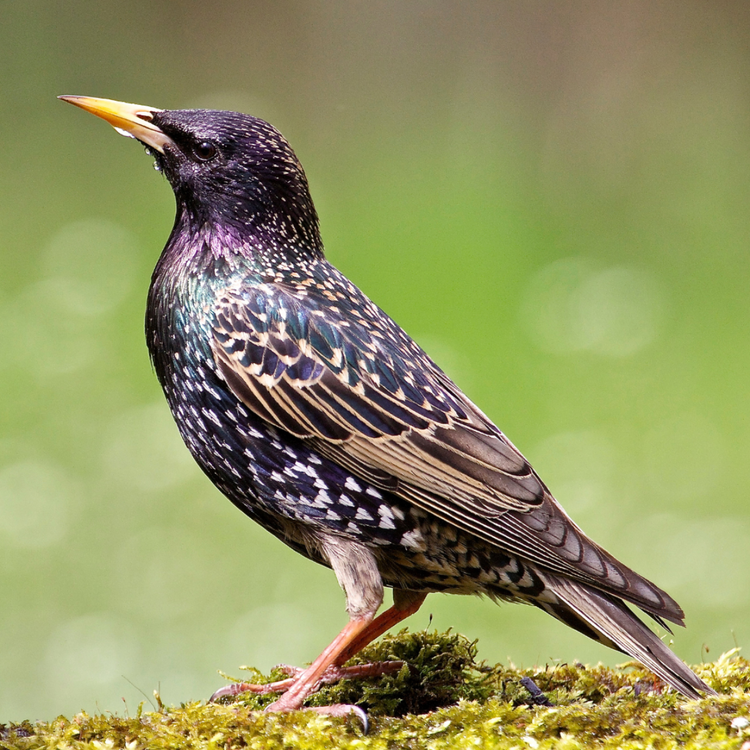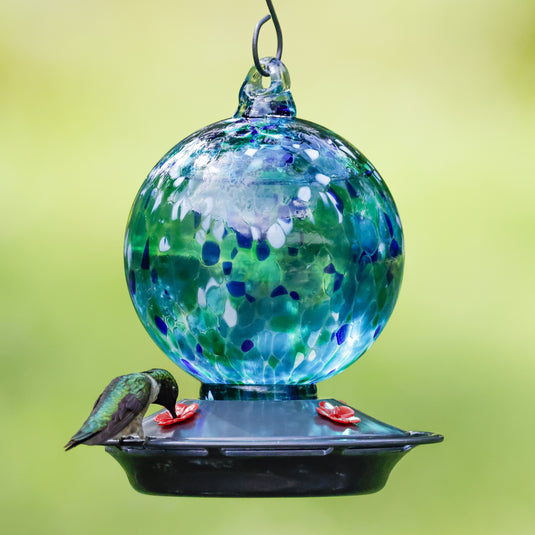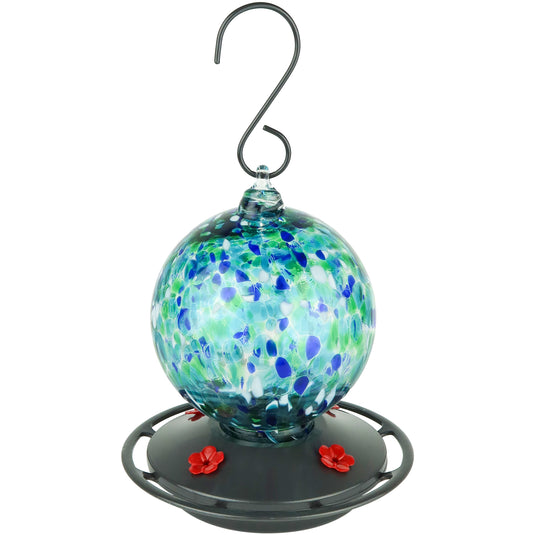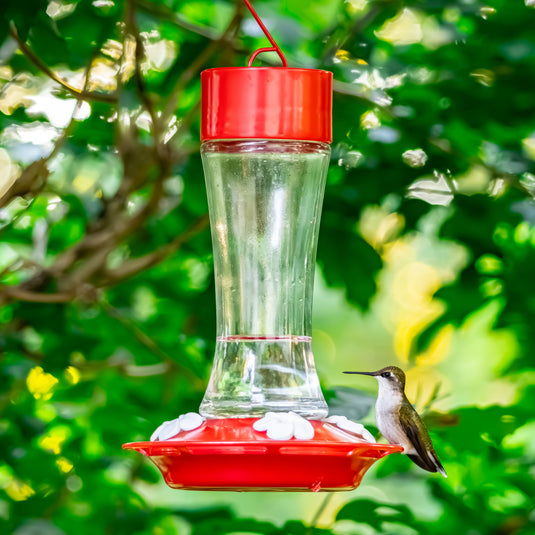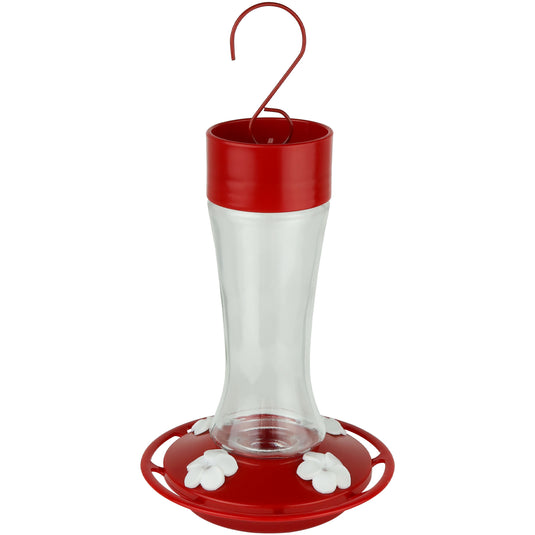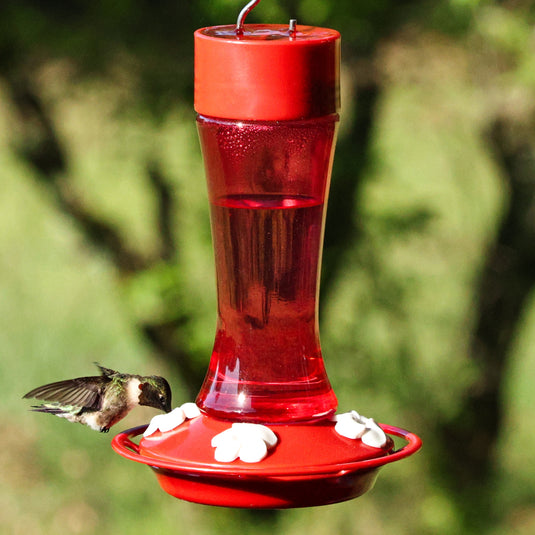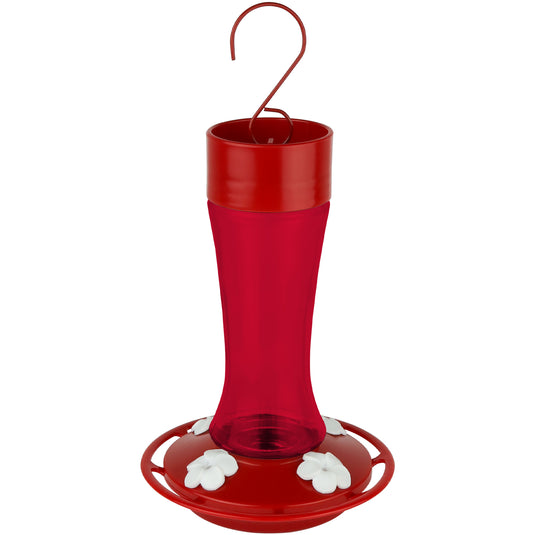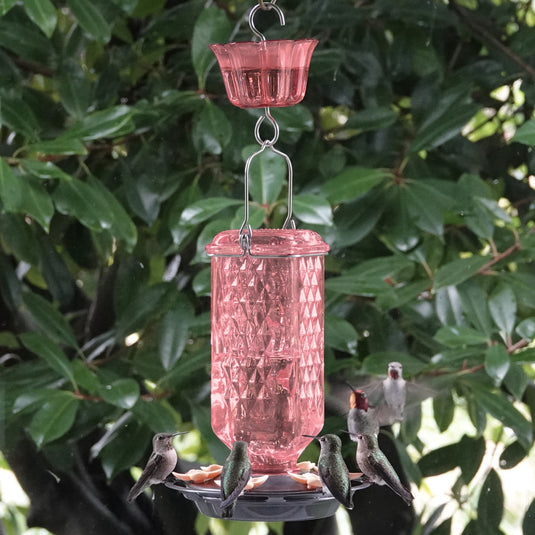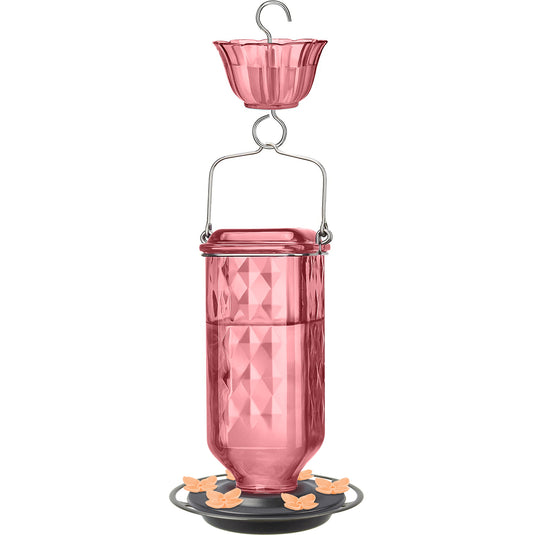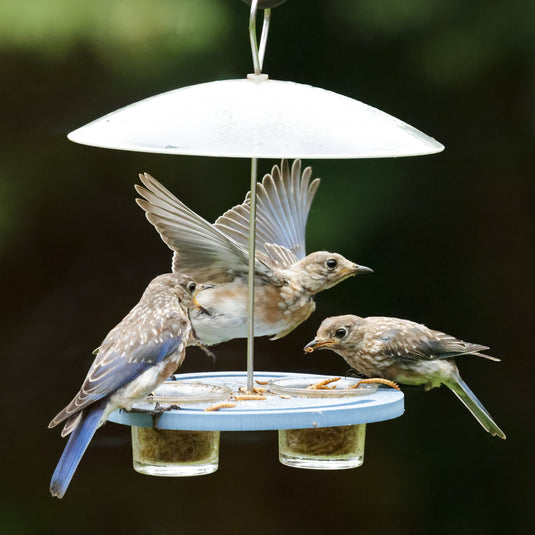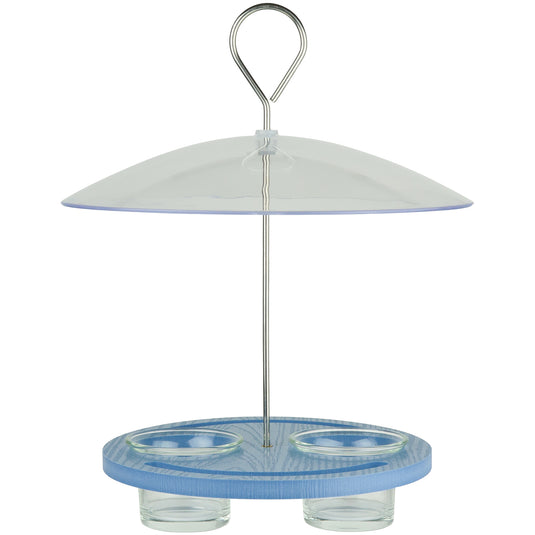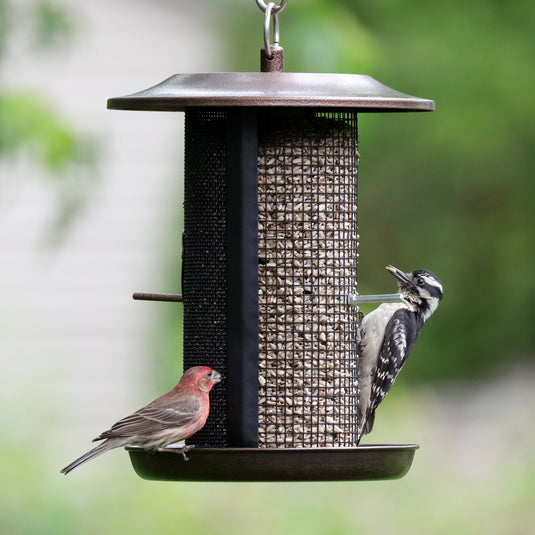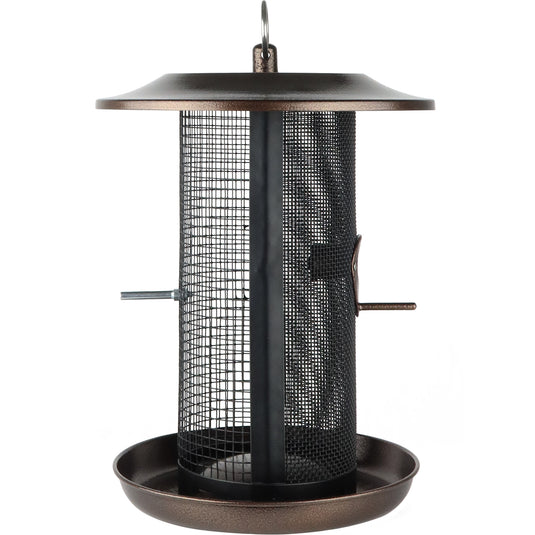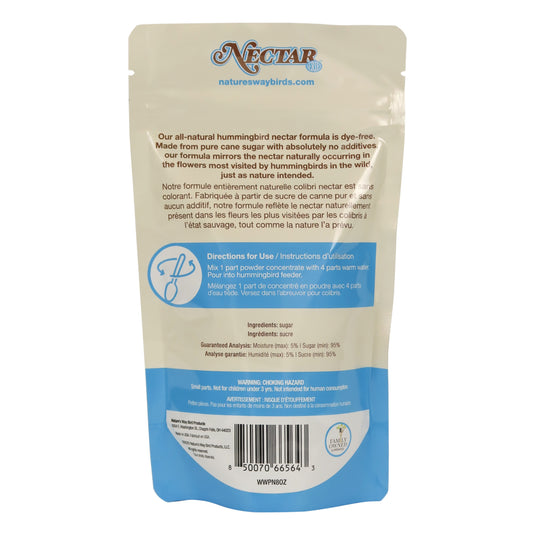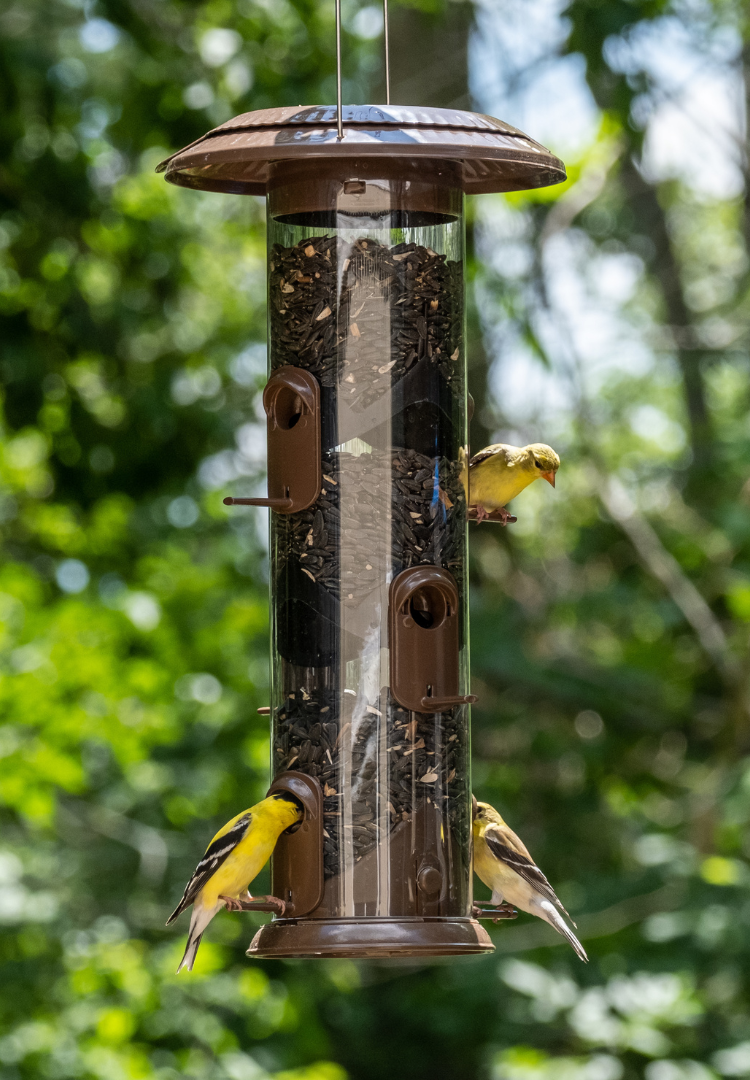Identifying European Starlings:
European Starlings are stocky, medium-sized birds with short tails, long pointed bills, and a dark, iridescent sheen that shifts between green and purple in bright light. In breeding season, their feathers appear sleek and shiny, while afterwards, they’re speckled with white spots. Their legs are pinkish, and their beak turns bright yellow during the spring and summer months. Adults are typically 7.5-8.5 inches long.

Nesting:
European Starlings are cavity nesters and will use nearly any available hole, including tree cavities, vents, drainpipes, and birdhouses - often outcompeting native species for these limited resources. They build bulky nests from twigs, grasses, feathers, trash, and even plastic.
Females lay 4 to 6 pale blue or white eggs, which hatch in about 12 days. Both parents feed the young, who fledge around 21 days after hatching. Starlings may raise two broods per season and are known to evict other birds, destroy eggs, and take over nests in the process.
Are European Starlings invasive?
Brought over from Europe, starlings were intentionally released in Central Park, New York by ornithologists in the 1890s who reportedly wanted to introduce every bird species mentioned by Shakespeare in his works. Since then, we’ve discovered that starlings can wreak havoc on crops, are naturally aggressive towards other birds (even injuring or killing them), spread disease, and are a general disturbance to people with their loud shrieks. Mainly ground feeding birds, starlings will use bird feeders in an attempt to extract the seed and toss it to the ground to eat, emptying bird entire feeders in the process.

How to deter starlings from your feeders and birdhouses
Starlings are persistent and clever, but the following modifications can help minimize their impact:
Feeder Modifications
- Tube Feeders: Starlings struggle to perch comfortably on slim tube feeders, especially when filled with seed types they dislike.
- Upside-Down Suet Feeders: Upside-down feeders deter starlings, which prefer upright feeding, while still accommodating agile birds like woodpeckers and chickadees.
- Low Baffle: A baffle suspended above feeders makes it harder for starlings to access food from above.
- Decoy Feeders: Offer a separate platform feeder stocked with inexpensive seed blends away from your main feeding station to redirect their attention.
- Temporarily Remove Feeders: If a large starling flock arrives, remove feeders for a few days until they move on.
Seed Modifications
- Use:
- Safflower – Thick-shelled and difficult for starlings to crack
- Nyjer (Thistle) – Tiny seed not suited to their large beaks
- Plain Suet – Less attractive than suet blends containing fruit or seed
- Avoid:
- Suet blends with fruit or seed
- Mixed seed blends
- Sunflower seeds
Birdhouse Modifications

- Avoid birdhouses with perches: Birdhouse perches can add a nice decorative feature to a house, but they can make it easy for nuisance bird species to gain access and allow them to kill young and take over the nest.
- Entrance Hole Size: Starlings cannot fit through holes smaller than 1 ½"
- Wren houses: 1 1/8"
- Eastern bluebird houses: 1 ½"
- Mountain bluebird houses: 1 9/16"
- Predator Guards: Can be added to most birdhouses to reinforce small entrances
Note: European Starlings are not protected under the Migratory Bird Treaty Act. Because they are invasive, you are legally allowed to take measures to remove or deter them from your property and nesting boxes.

